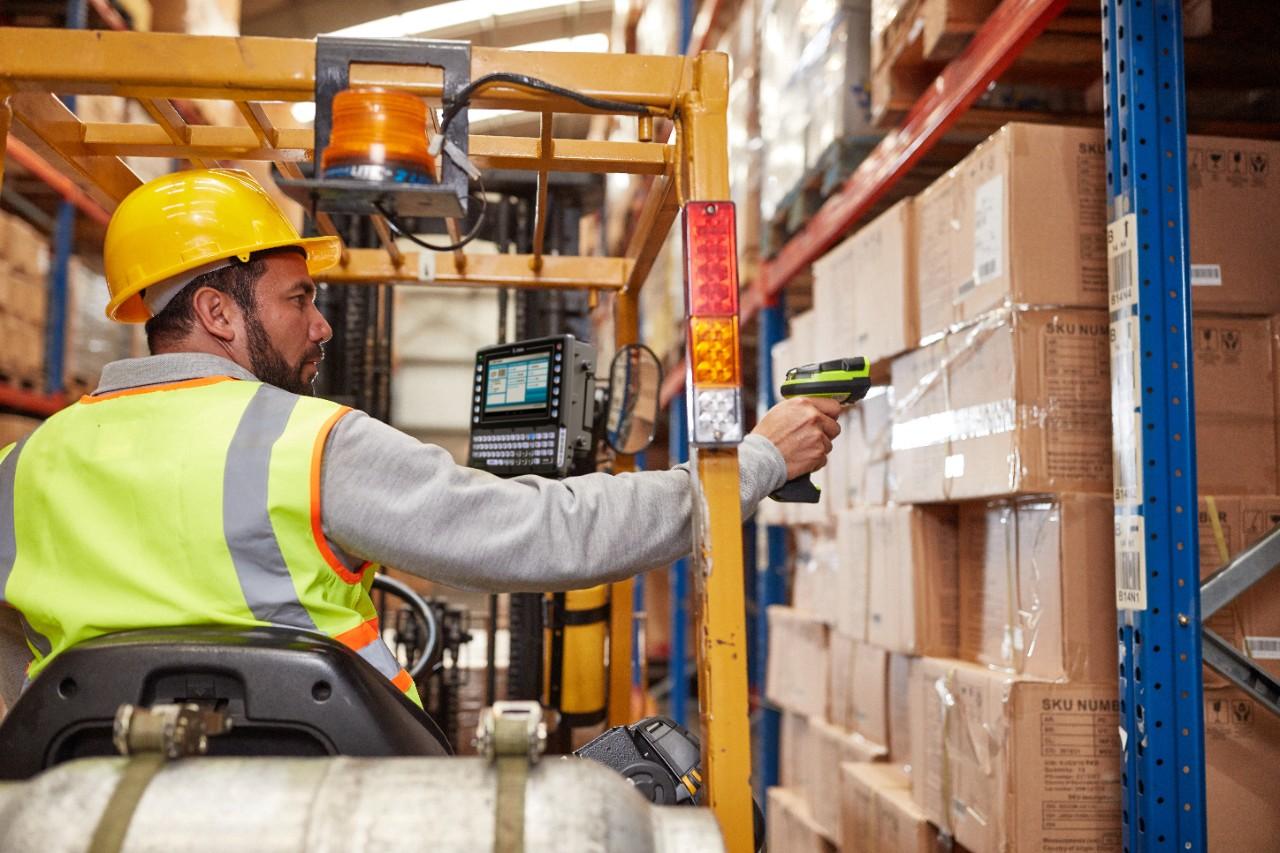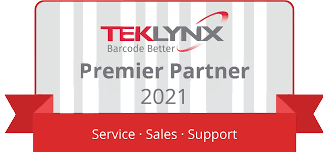It may be a new year, but challenges such as managing a clear reverse logistics system continue to survive the test of time. While the average e-commerce operation experiences a 30% return rate, studies suggest that over $70.5 billion of 2020 holiday purchases will be returned, creating a historical return rate set to pose a challenge for most distribution and warehouse centers. Proper key performance indicator (KPI) tracking can help minimize costs, yet selecting the right KPIs is easier said than done. Too many indicators can add to worker confusion and inaccurate data entry, while too little can lead to missed opportunities.
Although we believe that every operation is inherently unique, there are six KPIs commonly cited as top indicators to track in your operations.
-
No-Fault-Found Rate – When products are returned without any defects, they may cost less to resell, minimizing costs
-
Rate of Return – This provides an overview of returned products to allow you to pinpoint more meaningful patterns.
-
Bounce Rate – Pinpoint items that are constantly returned for no apparent reason to further investigate possible defects or changes in demand. This is also useful for assessing future recalls.
-
Repair and Refurbishment Costs – Return costs can reach up to 59% of a product’s total cost, contributing to expenses in the long run.
-
Scrap Rate – This deals with the final costs of disposed products, which illustrates the amount of money lost in a return.
-
Response Time for Customer Requests – Customers are more likely to repurchase from any particular store if given a hassle-free return process.
Securing KPI Accuracy
A proper WMS is the first step in capturing, storing, and sharing KPIs. However, as modernization continues to take the forefront of most warehouses across the globe, new tools have arisen to expand operational visibility. Working alongside prominent manufacturers, we have noticed three key modernization trends facilitating KPI tracking:
-
Real-time locationing services – RFID technology consolidates several product identifiers into one tag that can be read from afar and in motion. Systems like Zebra’s MotionWorks allow you to track products moving from the manufacturing floor to the yard to the distribution center, collecting data that can be used as actionable insight for future workflow changes.
-
Android for Enterprise – Operating in over 80% of today’s cellphones, Android OS provides beneficial simplicity that accelerates employee onboarding, eliminating additional complications to deploying modernized solutions. Moreover, Android’s open app ecosystem helps you integrate new applications without backend modifications.
-
Automated data capture – By eliminating manual data entry, you also eliminate errors from your KPI tracking efforts. Furthermore, automated data capture can scan data and transmit it directly to your WMS, cutting down processing times.
To see how any of these technologies can fit into your operations, reach out to our modernization specialists here. To learn more, contact a ValuTrack specialist at 877-484-8187 or [email protected].








